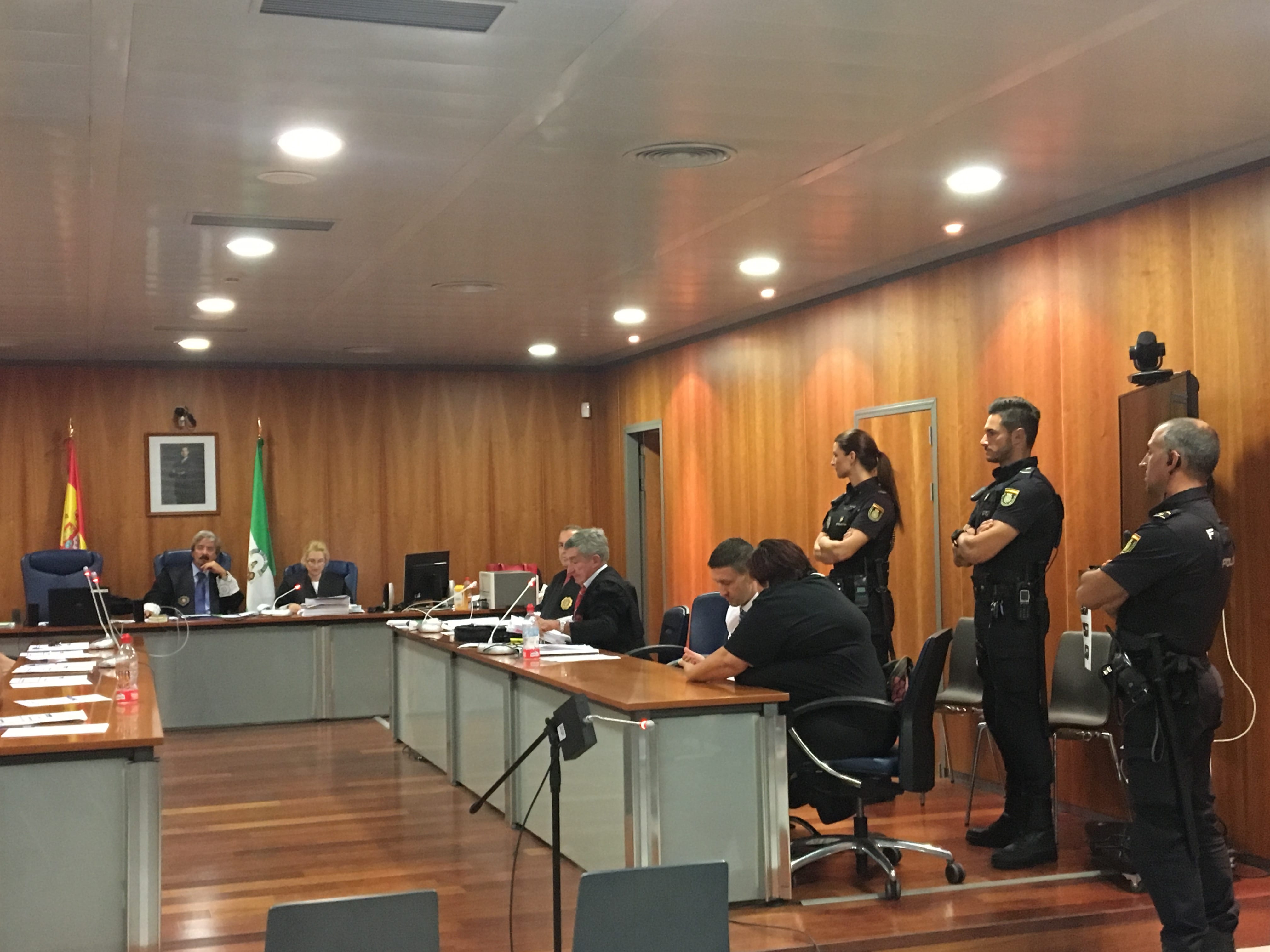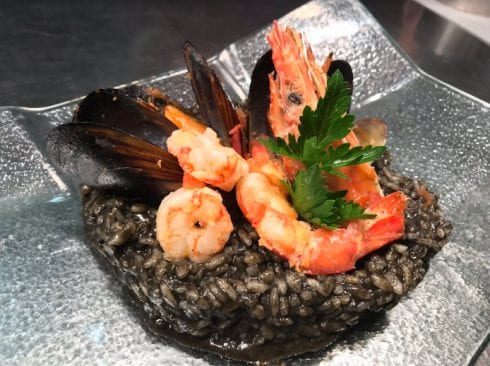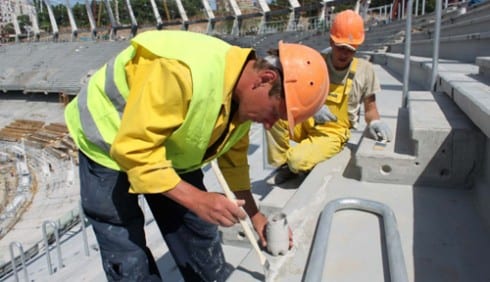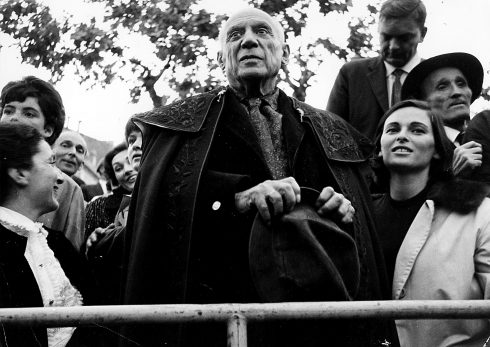
THE Gary Hutch murder trial closed today with the jury sent to deliberate the verdict at a court on the Costa del Sol.
James Quinn, 35, is facing life imprisonment for his involvement in the killing of 34-year-old Gary Hutch from Dublin, who was gunned down on the Costa del Sol on September 24 2015.
The prosecution and defence counsels made their closing statements, before the defendant addressed the court briefly at La Ciudad de la Justicia in Malaga.
Quinn said: “I would just like to add, I was never in any car, or at the apartment and I don’t have anything to do with this murder.”
After the prosecution presented an alternative indictment yesterday, Quinn could either be convicted for murder, or for acting as a ‘necessary participant’ by driving the getaway car which waited for two hours before the perpetrator launched a ‘surprise’ attack.
The nine-strong jury, of five women and four men, were formally dismissed to begin deliberating at 2.32pm.
As Quinn was led out of the court by National Police officers, he patted his lawyer on the back.
Summing up for the prosecution, Jose Barba, addressed the court first insisting the ‘planned assassination’ was committed by at least two people and highlighted that the penal code punishes the perpetrator as well as the instigator of a crime.
Barba claimed not only did the two people know where Mr Hutch lived and waited for him, the BMW car had been stolen days before the incident, while a mobile phone recovered from it, contained a chip which had been activated the day before.
“But the important thing… is that there isn’t one explanation why the cap, which had his DNA on it, was in the car,” he added.
The baseball cap has become a ‘main player’ in the trial, after it was recovered from the getaway BMW car which was set on fire some hours after the attack.
Prosecutors claim the attacker is seen in the CCTV footage changing from a cap to a balaclava before attacking Hutch.

Defending, Pedro Apalategui insisted throughout the trial that the cap could not be seen in the footage and probed why it was recovered ‘almost as good as new’ from the blaze when other items were completely or partially burnt.
He also argued that in the first official police report from the crime there was no mention of the baseball cap until a report was filed almost a year later.
That was after an undercover officer took a water bottle Quinn had been drinking from at a train station in Madrid in July 2016.
The defence highlighted in its closing statement that there was a short period of time where the car was left unattended after the attackers torched it and before officials arrived.
“There was a period of time were the car was at the disposition of anyone… the possibility of manipulation does exist,” added Apalategui.
The prosecution reminded the court that according to testifying officers who had been at the scene of the fire, the cap could have been protected by other clothes on top meaning it received less impact from the blaze.
“It would be logical to think that the cap would be the first thing you would take off when you get into the car… the trousers would be the last thing and they suffered the most damage from the fire,” insisted the prosecution.
However, the defence insisted that the police could not say the exact order of the items.
“So we remain in doubt,” added the defence counsel.
The prosecution also claimed the court had been offered ‘no explanation’ as to why a gun with Quinn’s DNA on it, that was similar to the one used in the crime, was found in a box on the bedside table in the apartment where he was allegedly staying.
He added that Quinn – who said he made his earnings cash-in-hand without paying tax by renting yachts and tables at exclusive clubs in Puerto Banus – had not explained where he earns enough money to support his ‘high style of living’.

He highlighted his alleged links to the Kinahan clan and quoted police reports claiming the murder provoked a series of killings between the Hutch and Kinahan gangs.
The defence argued there is no evidence that the killing sparked the gang warfare and questioned if this was true, why he had not seen a Garda report to prove it.
Apalategui closed his statement by urging the jury to ‘analyse the facts’.
Prosecuting, Barba, insisted he still believes Quinn was the gunman.
“If there’s any reasonable doubt, the alternative indictment can be analysed,” he told the jury.
A majority of seven out of nine votes are needed to convict Quinn.
Click here to read more Spain News from The Olive Press.








